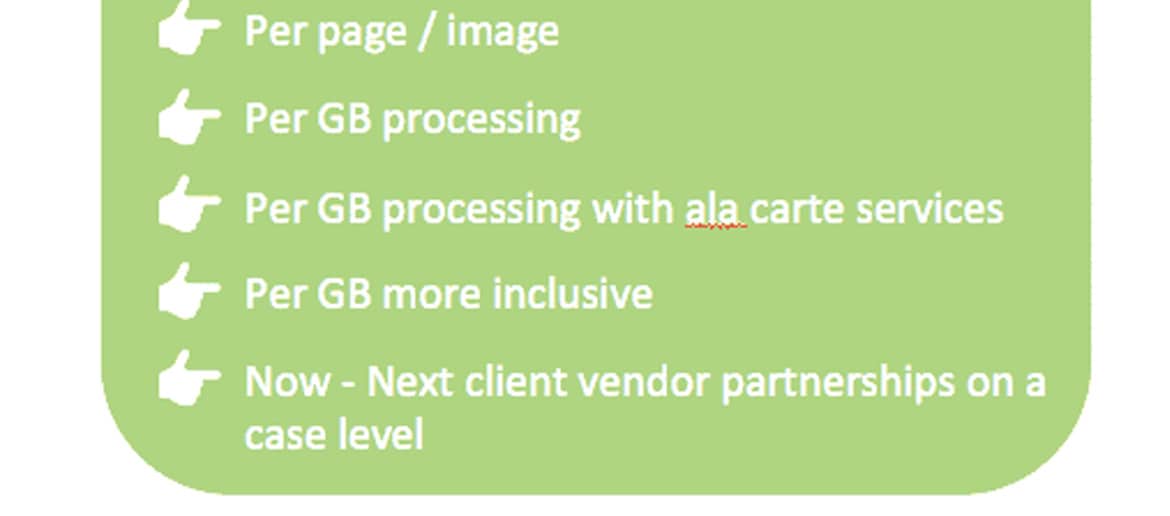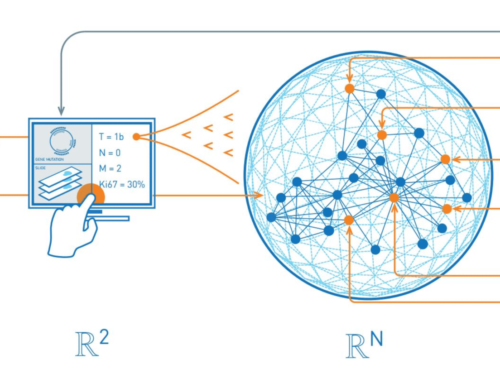Electronic discovery has followed the same trajectory that many service related products have. Pricing has evolved from a per page (image) format, through a per GB model, to the current pricing that involves a combination of data size and case management values to determine a final price.
Today, there are literally hundreds of options for converting, culling, sorting, indexing, searching, and reviewing your electronically stored data. Service providers and discovery software companies spend countless hours creating pricing grids and authoring proposals. The majority of service providers have realized that by focusing on the case and its outcome, not the billable line, mutually beneficial pricing prevails.
The rest of this article will address the casual (small, but committed) EDD consumer. We define this as a client that is committed to the process and has 5-10 cases per year with average data between 5 and 25 GB per case.
There are three basic elements that comprise pricing:
- Data size
- Processes requested
- Tech time – human time (lots more on this below)
The first two items run parallel. The software, storage, and machine time are all commodities. Lots of data and lots of processes equal a higher overall cost of handling the case. Pick a number – $25 per GB, $150 per GB, $325 per GB – volume matters. Additional processes may require additional processing time or use of software licensing that has value.
Tech time, support, training, hand-holding, educating, explaining – call it what you will – has the greatest impact on the final cost of data processing for a casual consumer. Manipulating data that was collected improperly or without passwords. Instructing on the use of a review tool. Answering questions about processing that a more experienced user might already know. These tasks are performed by an experienced, knowledgeable, and highly trained (expensive) human.
If you are dealing with a vendor that is committed to the relationship, much of the “human” time can be provided value added – at no charge – an investment in the relationship. Quality vendors will explain how to request data next time and credit back the tech time required to fix issues if possible. A vendor that is a partner understands that the more you know about a tool, the more powerful it is and the more excited you will be to use it.
So, how much do you pay for Electronic Discovery? Partner with a vendor and find the level of service that matches your needs, skill level, and budget. Then stay committed to the process and make every interaction an opportunity to learn. I promise you the benefit to you and your client will be amazing.
For more Tidbits & Thoughts, please click here.






